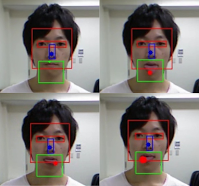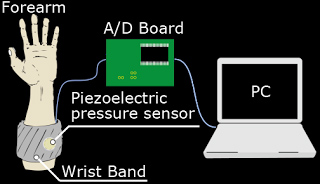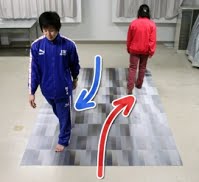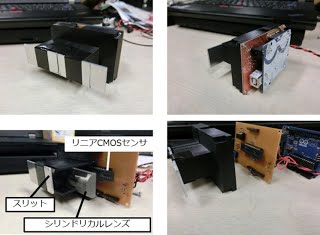SITA(A tongue training system and its application):舌運動検出とその福祉応用
Children with Down syndrome have a variety of symptoms including speech and swallowing disorders. To improve these symptoms, tongue training is thought to be beneficial. However, inducing children with Down syndrome to do such training is not easy because tongue training can be an unpleasant experience for children. In addition, with no supporting technology for such training, teachers and families around such children must make efforts to induce them to undergo the training. In this research, we develop an interactive tongue training system especially for children with Down syndrome using SITA (Simple Interface for Tongue motion Acquisition) system. In this paper, we describe in detail our preliminary evaluations of SITA,




